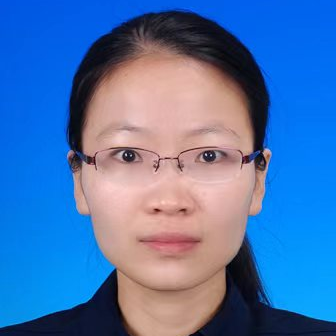Advances in Physical, Biological, and Coupled Ocean Models
A special issue of Journal of Marine Science and Engineering (ISSN 2077-1312). This special issue belongs to the section "Physical Oceanography".
Deadline for manuscript submissions: closed (30 September 2023) | Viewed by 3244
Special Issue Editors
Interests: ocean and climate simulation; high-performance computing; machine learning applications; short-term climate prediction
Special Issues, Collections and Topics in MDPI journals
Interests: ocean climate change; extreme climate events; regional ocean climate modeling; physical-biogeochemical coupled modeling
Special Issue Information
Dear Colleagues,
It is our pleasure to invite you to contribute research articles or review articles to this Special Issue on “Advances in Physical, Biological, and Coupled Ocean Models” in the Journal of Marine Science and Engineering.
Under the double pressure of human activities and climate change, the marine ecological environments are being seriously damaged, leading to extreme marine events and natural ecological disasters. The ocean model has become the key tool for better understanding, forecasting, predicting, and projecting the marine environment and ecosystem. However, accurate simulation and forecast remain a challenge. The main goal of this Special Issue is to build synergies between fundamental and applied approaches of ocean general circulation models, and marine biological models, with special emphasis on the physical-biological coupled ocean models to bring together different experts and models, including marine, ecological, and climatological sciences. We welcome papers dealing with theoretical, modelling, applied, and observational approaches to ocean models that allow a better understanding of their advancement and applications. New technologies, such as Artificial Intelligence, for ocean models are also welcome.
Prof. Dr. Zhenya Song
Prof. Dr. Chan Joo Jang
Dr. Haiyan Zhang
Guest Editors
Manuscript Submission Information
Manuscripts should be submitted online at www.mdpi.com by registering and logging in to this website. Once you are registered, click here to go to the submission form. Manuscripts can be submitted until the deadline. All submissions that pass pre-check are peer-reviewed. Accepted papers will be published continuously in the journal (as soon as accepted) and will be listed together on the special issue website. Research articles, review articles as well as short communications are invited. For planned papers, a title and short abstract (about 100 words) can be sent to the Editorial Office for announcement on this website.
Submitted manuscripts should not have been published previously, nor be under consideration for publication elsewhere (except conference proceedings papers). All manuscripts are thoroughly refereed through a single-blind peer-review process. A guide for authors and other relevant information for submission of manuscripts is available on the Instructions for Authors page. Journal of Marine Science and Engineering is an international peer-reviewed open access monthly journal published by MDPI.
Please visit the Instructions for Authors page before submitting a manuscript. The Article Processing Charge (APC) for publication in this open access journal is 2600 CHF (Swiss Francs). Submitted papers should be well formatted and use good English. Authors may use MDPI's English editing service prior to publication or during author revisions.
Keywords
- ocean general circulation model
- marine biological model
- atmosphere-ocean coupled model
- physical-biological coupled model
- ocean-sediment-ecosystem coupled model
- marine ecosystem
- physical and biogeochemical processes
- climate change
- artificial intelligence







